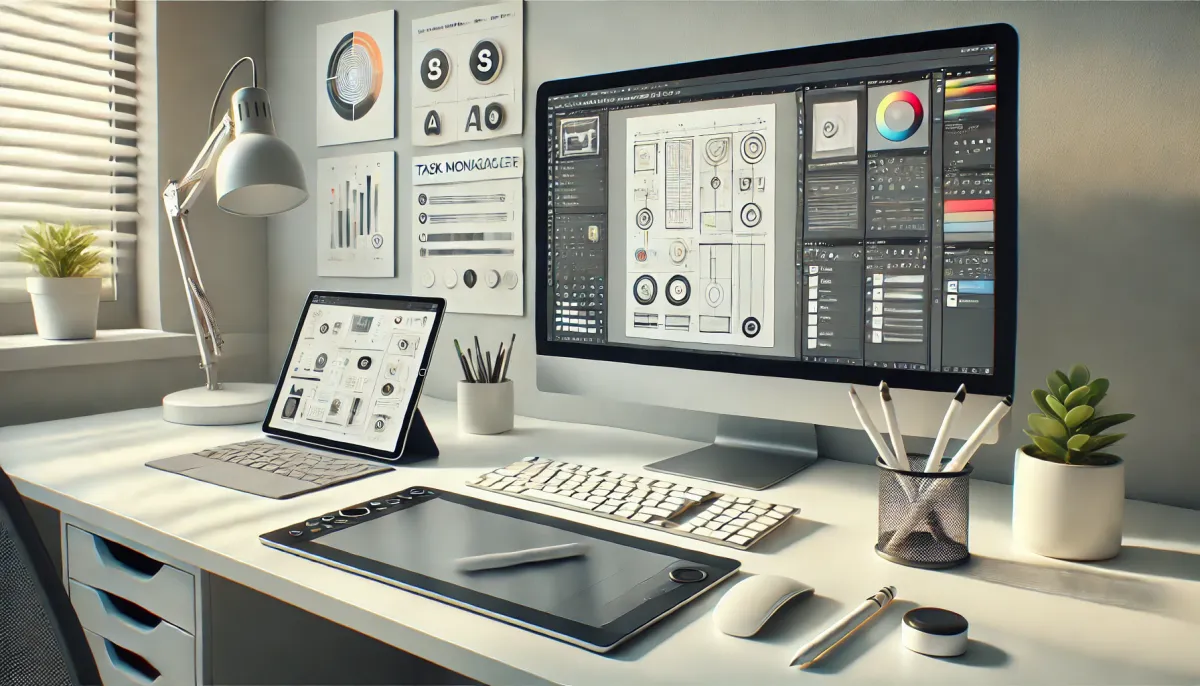Streamlining Design Workflow:

Streamlining Design Workflow: Overcoming Challenges and Boosting Productivity
`fivepoint2` `workflow` `research`
My workflow follows quite a structured path: research, planning, sketching, developing ideas, iterations, and finalising outcomes. While my process works to create a final outcome, it’s not a perfect process. Inefficiencies in my file organisation and task management often disrupt my workflow.
Key Challenges in My Workflow
1. File Organization
One of the things I've noticed slows me down is managing files across multiple devices. Switching between my laptop and a desktop often results in duplicated files. With images and files scattered across various locations, I sometimes have multiple copies of important work or spend too much time trying to find specific files.
Solution: To tackle this, I’ve considered using tools like Eagle, which is designed for visual organisation. Eagle allows users to store and categorise images that are easy to navigate. Another helpful tool is Hazel, a Mac app that automates file organisation. By setting custom rules, Hazel can sort files into designated folders automatically, reducing clutter and ensuring everything stays in one place.
2. Managing To-Do Lists
Staying on top of tasks is another area where I often spend too much time. I create to-do lists to keep myself organised, but during the design process, I often forget about them. This results in multiple lists scattered across scraps of paper or my phone’s notes app. Without a clear record of completed and pending tasks, I lose track of progress, which can lead to inefficiency and added stress.
Solution: Digital task management tools like TaskPaper offer a more streamlined approach. TaskPaper allows users to create and manage lists on their desktop, keeping all tasks in one easily accessible place. With this tool, I can regularly update my progress and maintain focus throughout the design process.
Streamlining My Workflow
Addressing these challenges requires integrating tools that enhance both file management and task tracking. Ways to refine my workflow:
- Centralise File Storage:
By using Eagle to organise images and Hazel to automate file sorting, I can ensure all project files are stored in a single, well-organized location. This saves time when searching for files. - Consolidate Task Management:
Adopting a tool like TaskPaper would help me keep my to-do lists structured and accessible. Instead of juggling multiple lists, I’ll have one location to monitor my progress and adjust priorities as needed. - Stay Consistent with Tools:
To maximise efficiency, I need to commit to these tools and incorporate them consistently into my workflow. Regularly updating my task list and organising files after each session will prevent issues from piling up.
Benefits of an Optimized Workflow
By implementing these changes, I would save time, reduce stress, and focus more on the creative aspects of design. Consolidating my resources and streamlining my tasks will create a smoother, more productive process from start to finish.